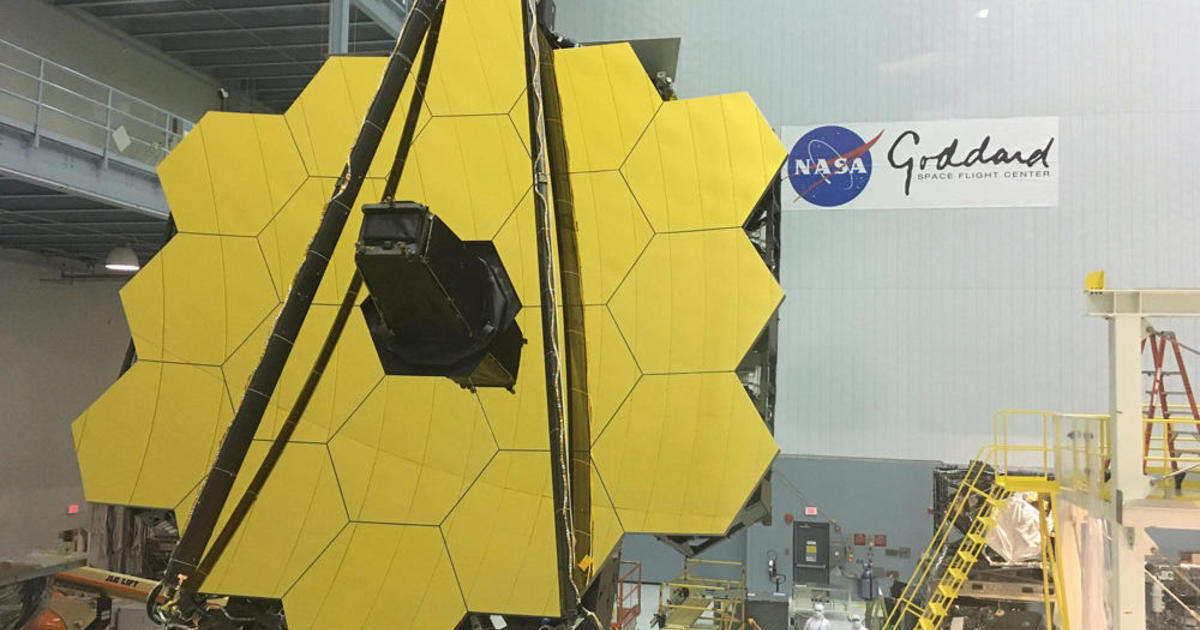
James Webb Space Telescope, now at the launch pad, faces extraordinary challenges on path to discovery
CBSN
If you want to see the faint light from the first stars and galaxies that began shining at the end of the cosmic dark ages a few hundred million years after the Big Bang, you're going to need a big telescope. But not just any big telescope.
You're going to need to put it in space where it will have to operate at a few degrees above absolute zero to register the exceedingly faint infrared traces of that bygone era, detecting light that has been stretched out by the expansion of space itself over nearly 14 billion years.
To do that, you'll have to equip the observatory with a tennis court-size kite-shaped sunshade, made up of five membranes the thickness of a human hair, separated and pulled taught by scores of motor-driven stainless steel cables routed through dozens of pulleys.

 Run 3 Space | Play Space Running Game
Run 3 Space | Play Space Running Game Traffic Jam 3D | Online Racing Game
Traffic Jam 3D | Online Racing Game Duck Hunt | Play Old Classic Game
Duck Hunt | Play Old Classic Game